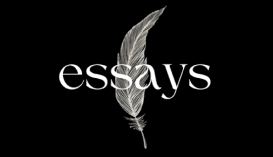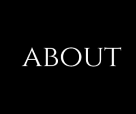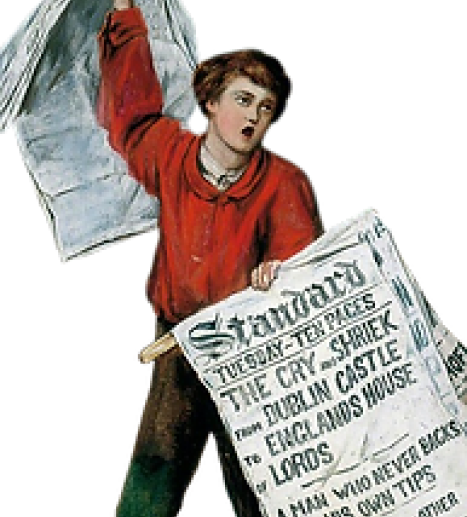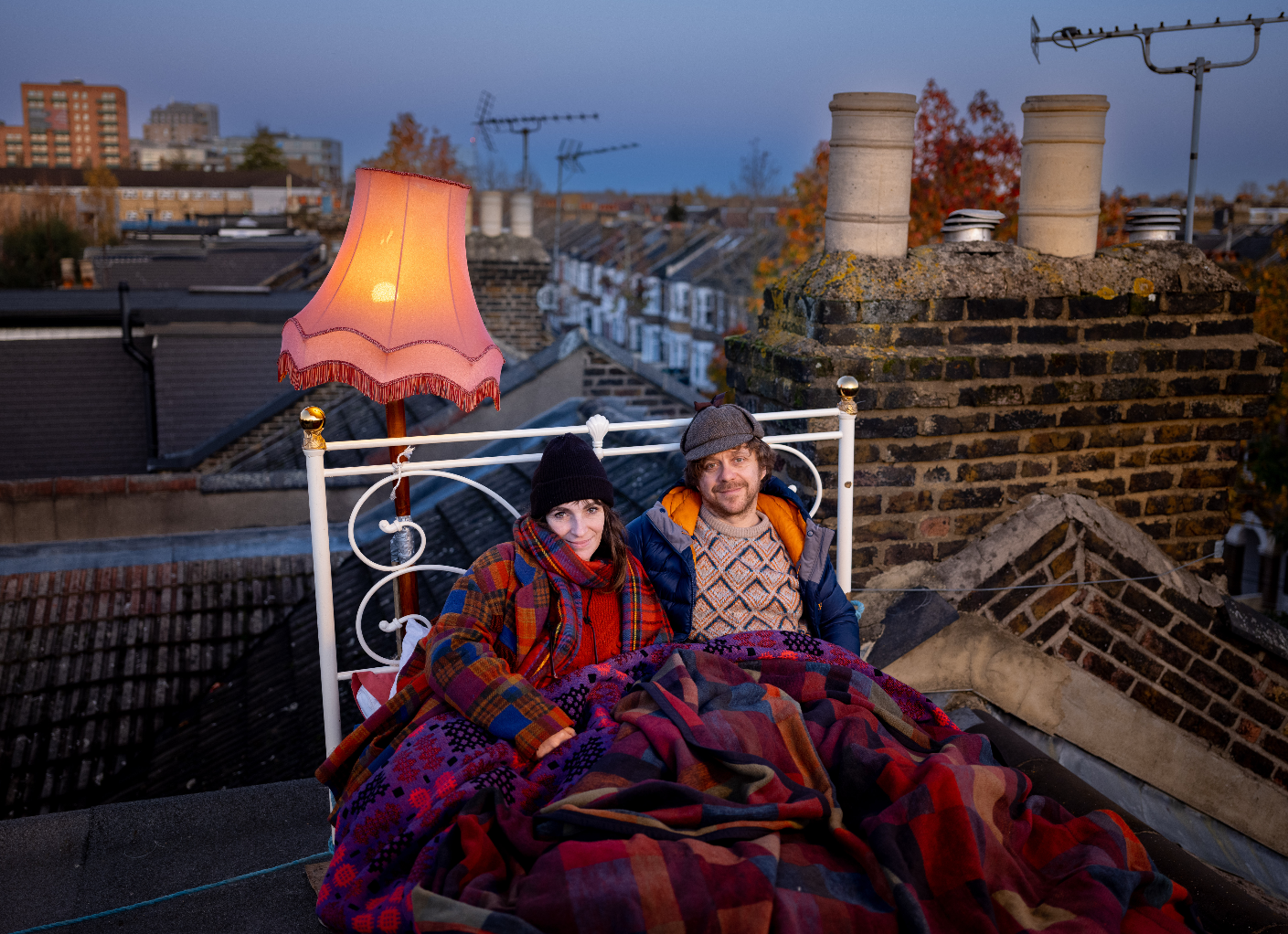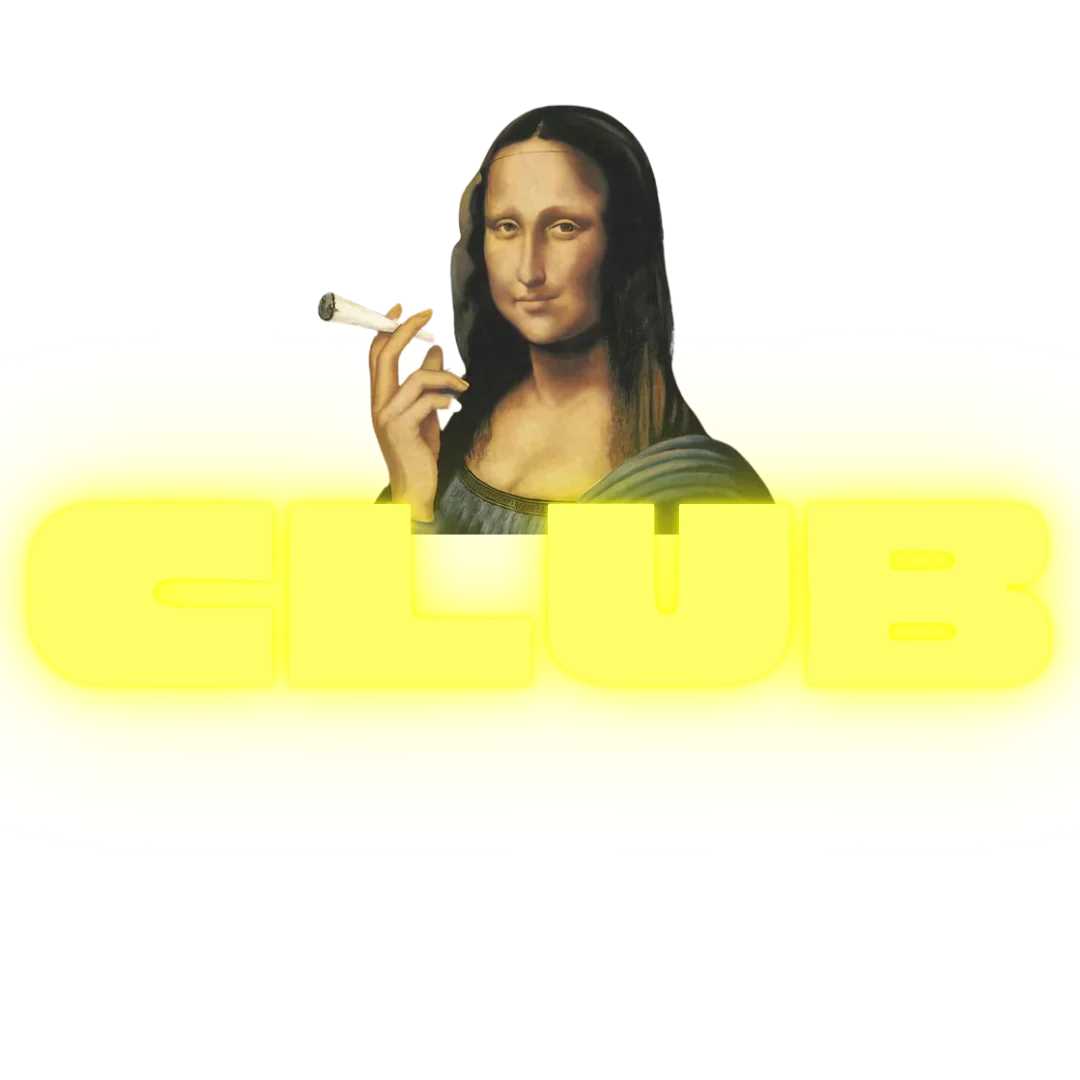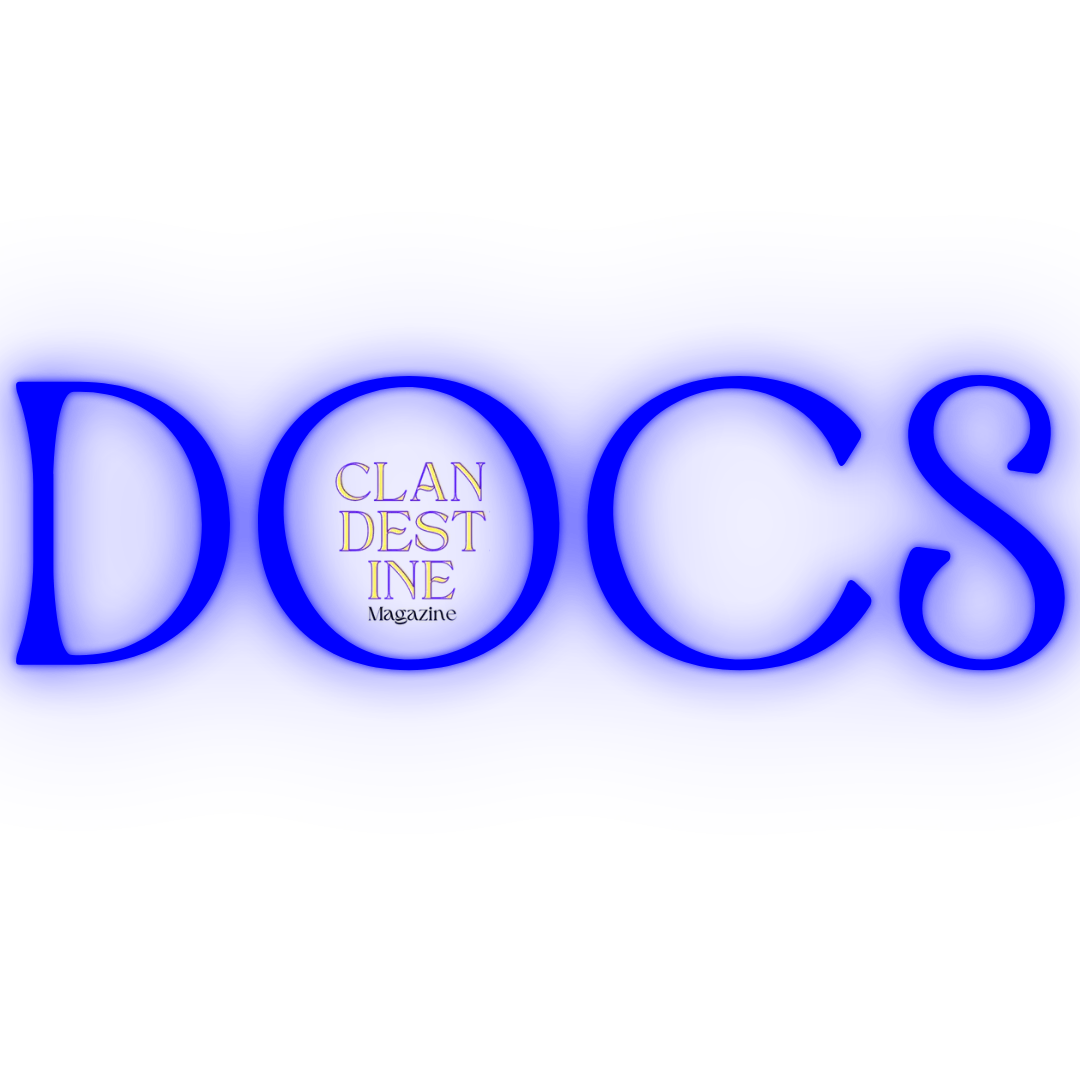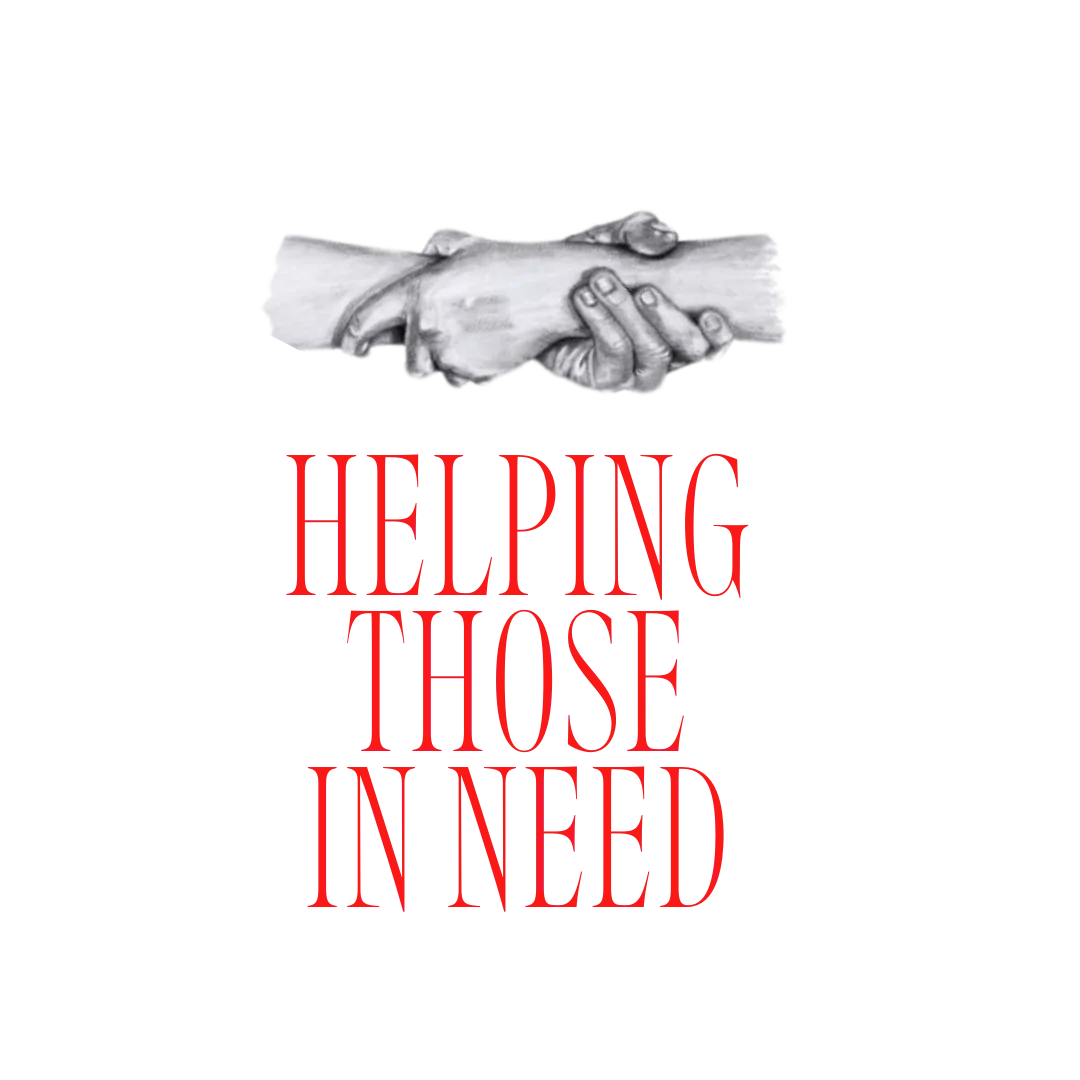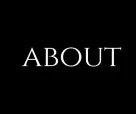Picture this – a street in Northeast London, a row of houses, two storeys, lines of windows punctuated by front doors, garden walls, wheelie bins. Look up to the roofs, tiles, chimney pots. Now, imagine a bed on one of those roofs, white wrought iron frame, red crochet blanket. It was here – on the roof – that Daniel Edelstyn and Hilary Powell slept for twenty-three nights from November to December 2022 to crowdfund for their project Power Station.
This was my first introduction to the work of the artist and filmmaker. I began to see news clippings about a married couple living on the roof of their house in Walthamstow, just a short walk from where I live. A few weeks ahead of the July 2024 General Election, I received a flyer through my front door, and was surprised to learn that that artist I had read about was now standing to be an MP in my constituency. The flyer bore a black and white photograph of him on the roof of his house, waving a flag that read ‘Power Station.’ On the reverse, in the form of a poem, read their manifesto, promising imagination, people-powered democracy and an insistence that, through art, a new world really can be created.
That is exactly what they are attempting to prove with Power Station, by, in their words, ‘building a solar power station across the rooftops of northeast London.’ Funded by the sale of ‘Greenbacks,’ art prints designed to look like a new form of radical currency and printed by a team of local people, and crowdfunding, they are installing solar panels on the houses of their (consenting, of course) neighbours and local schools. Alongside that, performative acts like sleeping on the roof, or growing ten thousand sunflowers along their street, as they did in summer 2023, demonstrate that there is joy to be found in tackling these issues. They filmed everything for a documentary that premiered in June, and is currently touring cinemas up and down the UK. It starts during the lockdown of summer 2020, with a housebound Dan and Hilary thinking of a project that they could do from the confines of their local neighbourhood. As the project develops, we are introduced to Dan and Hilary’s neighbours and the local community who became such an influential part of the project in their own right. The weeks they spent sleeping on the roof, battling the rain and snow and wind and dark of late November, feature heavily, as does the huge effort of planting and growing thousands of sunflowers. The film ends with Dan, Hilary, their children and neighbours soaring above the rooftops of Walthamstow, thanks to a homemade greenscreen and a bit of filmmaking magic. It is a film about optimism, about art and imagination. It is a film about filmmaking. But it is also a film about family, about community, about neighbours coming together to help each other – in one scene, the residents of the street gather outside the house of a hundred year old woman to sing happy birthday, all unable to enter thanks to lockdown restrictions, but coming together all the same. It is a reminder to look for the similarities with our neighbours and the things that connect us, rather than focusing on those that divide.
Daniel and Hilary’s previous project Bank Job, conducted between 2018 and 2020, was based on the same model of art and filmmaking meets activism. It consisted of them taking over occupancy of a former bank, where they printed their own ‘money,’ small art prints with faces of notable local residents in place of the Queen. They sold these prints to raise £40,000, half of which was donated to local causes. The other half was used to buy over £1 million worth of high interest personal debt. The receipts for the debt were loaded into a van labelled ‘Debt in Transit’ which was then spectacularly blown up in an area of East London wasteland with panoramic views of Canary Wharf as a backdrop. Fragments of the exploded van and the papers it had contained were installed in the former bank, suspended from the ceiling, the moment of explosion caught in a freeze frame.
They filmed the whole thing, and it became the film Bank Job, which was mostly documentary, but with the occasional moment of spoof bank heist. The film premiered at Hot Docs Canadian International Documentary Festival in 2021 and was nominated for the Grierson Awards, which celebrate the best of documentary filmmaking, in that same year. Writing off the debt was only one of the project’s aims. The other was to change the public conversation around debt and the banking system, and, ultimately, demonstrate the power of grassroots and art projects to ignite systemic change.
I spoke to Dan about how art, activism and why the label of ‘local artist’ is not to be feared.
Your work sits at the intersection of art, filmmaking and activism. I’m interested in how you see those different aspects fitting together.
We talk about Power Station as a ‘show and do’ project. We’re building a microcosm of the Green New Deal in the here and now. This project was born out of Bank Job, which ultimately resulted in us blowing up a million pounds worth of debt, but along the way taught us lessons about the financial system, particularly the debt industry. We realised that, as well as having deep-rooted inequality baked into their structure, these industries are also standing in the way of us, as a society, being able to solve the climate crisis. As in Bank Job, we wanted to create a project that would humanise and dramatise, and ultimately make visible, those forces that we often don’t see but are at work behind the scenes in our society. We are always trying to come up with ways to use filmmaking and creative art practice to ask questions. It’s sort of method art – we come up with these ideas and then the challenge is to try and live them and bring them to life.
In the book that you and Hilary wrote about Bank Job, you reference the idea of ‘thinking through making.’ Could you elaborate on that idea and how it manifests itself in your work?
The ‘thinking through making’ part of our work comes from the fact that a community is created around the production of the artworks. While we’re making things we’re chatting, and those ideas then inform the production, which in turn informs the conversations. It is important to us that we bring in a diverse group of people to help on each project, so that we have different perspectives. Bank Job was critical for that, because we hired lots of local people to come in and become the printmakers that printed our currency. They all wore a uniform, so it felt like a distinct group, and we have made lasting relationships with those people.
On another level, ‘thinking through making’ refers to how we set ourselves a problem – in this case it was how to get solar panels onto every building on our street – and then try to figure out how to work around that. We put these obstacles in front of ourselves so that we can change and grow and figure things out as we work through them. Although, I think that’s part of any kind of artistic production. You’ll always learn and grow as you work.
It seems like there’s quite a cyclical nature to your process. You start with an idea but then as you’re working on it and more ideas come out, the project evolves, rather than it being a linear process.
That’s right. They are also cyclical in the sense that all these projects are ultimately encapsulated within a film. There’s a cycle of pre-production, production, post-production, distribution. They’re like seasons in a way, and we move through those seasons within the project. It’s a bit more complex this time because the thing we’ve brought to life – the cooperatively owned renewable energy project – will keep growing after the film comes out, or at least, that’s what we hope! With Bank Job, we wound the project down after the film was released, but with this one, we’ve developed this co-operative business model which makes sense to keep growing. There’s no point killing something that seems like it could have a real use in the world. Those are the questions we’re grappling with now.
All your recent projects are Walthamstow based, and I was wondering how you view that relationship. Do the projects exist because of Walthamstow? What influence has this particular community had on your work?
The real reason we got interested in Walthamstow is probably, in a way, the same reason that you’re interested in Walthamstow. You start living here, you meet a few people, and you realise how much is happening. There’s often this idea that life is somewhere else, and a fear of the local. If you’re an artist or a filmmaker or a storyteller, it often feels like the worst label that you could have is ‘local’ – ‘local filmmaker,’ ‘local writer.’ And yet, all stories and all life unfold locally to somewhere. It’s about noticing the details of where you live. John Grierson, who was really the forefather of the documentary, said that the best drama is on your doorstep. There’s no need to travel to the ends of the earth to find drama. We have taken this quite literally in our case: filming on our street!
And it’s true, once you start looking, you see that all human life is right here, all the desires, fears, worries. And it is sort of like a petri dish for testing out ideas. If we’re thinking about a Green New Deal for Britain, why not explore how a Green New Deal works in Walthamstow? There is also a radical history here. It was the birthplace of William Morris, so it has this history of producing radical thinkers and makers. It just feels like a good place to be.
The more we’ve worked in Walthamstow, the more Walthamstow becomes a character within the films. It has started to take on a new energy.
I want to make it clear that I never actually wanted to be an MP! I didn’t want to win, but then, equally, it was painful to lose as well. It kind of played havoc with me, because I wanted to run a strong campaign, but not one that was strong enough to win – although the chances of that happening were always low.
We only decided to do it the day before the registration deadline. Up until the last minute, we hadn’t decided whether Hilary or I should run, and we always knew that either way we’d be doing it together.
We ran the campaign on three main points, which were the climate crisis, the cost-of-living crisis, and the situation in Gaza. All of these are things we didn’t feel that Labour was doing enough to address. What I really wanted was the opportunity to get up on stage at some point with Stella Creasy and challenge her on those ideas. I got the chance to do that, which was great.
As far as the work is concerned, I suppose the campaign allowed us to take the story that we’ve created over time and situate it in a much more political context. We believe that art and culture have a crucial role to play in solving the big political issues of our time.
Watch here








